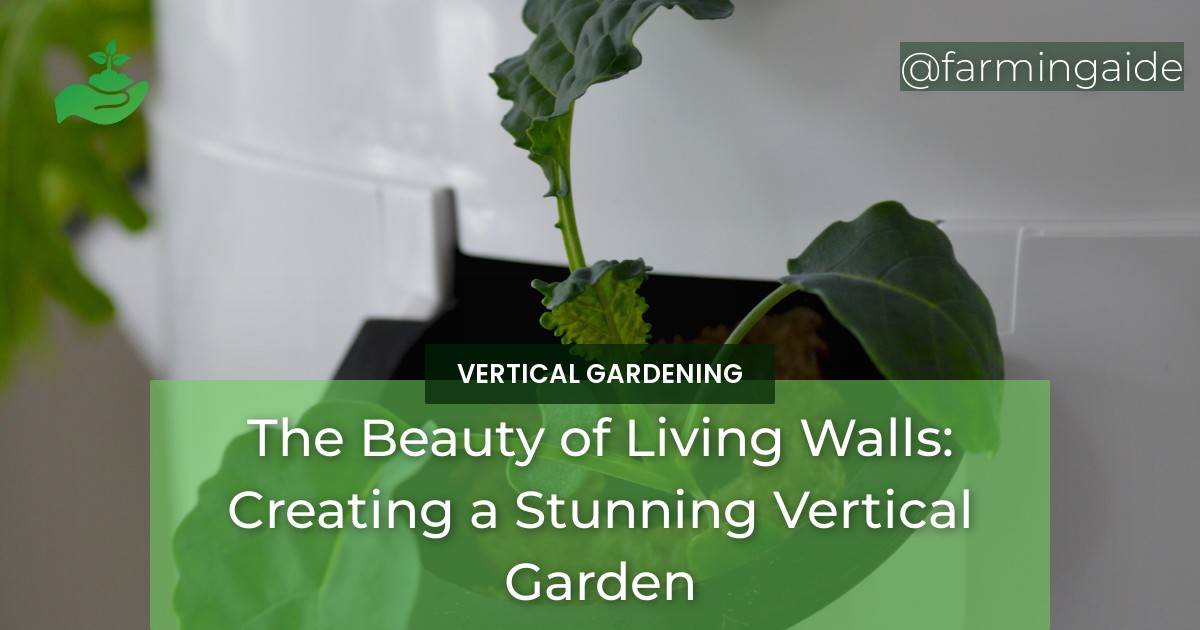Introduction
Living walls are vertical gardens that can instantly transform any space into a lush, green oasis. They are composed of plants that are attached to a structural support system and can be either freestanding or attached to a wall. The benefits of having a living wall are numerous, including improved air quality, reduced noise levels, and a boost in productivity and overall well-being. In recent years, living walls have become increasingly popular due to their ability to bring nature indoors and create a visually stunning focal point in any room.
Table of Contents
Selecting Plants for Living Walls
Factors to Consider
When selecting plants for your living wall, there are several factors to keep in mind. These include the light requirements of the plant, its watering needs, growth habits, and maintenance requirements. It’s important to choose plants that are well-suited to the specific environment in which they will be growing.
Best Plants for Living Walls
Not all plants are suitable for living walls. Some of the best plants for living walls include ferns, succulents, mosses, and air plants. These plants are typically low-maintenance and can thrive in a variety of indoor environments.
ALSO READ
Design Tips for Creating Visually Appealing Living Walls
Color Schemes
One of the most important design considerations when creating a living wall is color. There are several color schemes to choose from, including monochromatic, analogous, and complementary. Each scheme can create a different look and feel in your living wall.
Textures
Textures are another important element of living wall design. Mixing plants with different textures can add depth and interest to your living wall. You can also incorporate other materials like wood or metal to create a more dynamic look.
Patterns
Patterns can also be used to create visual interest in your living wall. Creating geometric patterns or using plants with interesting leaf patterns can add a unique touch to your design.
Installation and Maintenance of Living Walls
Installation
Installing a living wall requires careful planning and execution. You’ll need to choose the right location for the living wall, select the appropriate system for installing it, and then install the plants.
Maintenance
Like any garden, living walls require maintenance to thrive. This includes watering and fertilizing the plants, trimming and pruning as needed, and dealing with pests and diseases.
ALSO READ
Case Studies of Stunning Living Wall Designs
A Residential Vertical Garden in a Small Apartment
In a small apartment, a vertical garden can be a great way to maximize space while adding a touch of greenery. One stunning example is a living wall composed of a variety of succulents in different shades of green.
A Corporate Office with a Large Living Wall in the Lobby
A living wall can make a bold statement in a corporate office and create a more welcoming and productive environment. A large living wall in the lobby of an office building can be composed of a variety of plants, including ferns and air plants.
A Restaurant with a Living Wall as a Backdrop for Diners
In a restaurant setting, a living wall can serve as a beautiful backdrop for diners. A living wall composed of mosses and ferns can create a calming atmosphere and enhance the overall dining experience.
Conclusion
Living walls are a beautiful and innovative way to bring nature indoors and create a visually stunning focal point in any space. By carefully selecting plants, incorporating design elements like color, texture, and pattern, and following proper installation and maintenance techniques, you can create a stunning vertical garden that will provide numerous benefits for years to come.
RELATED ARTICLES:


